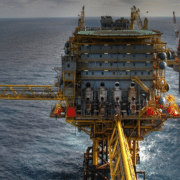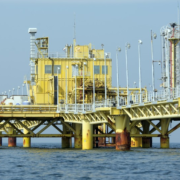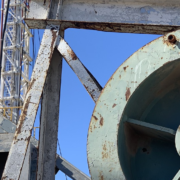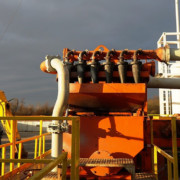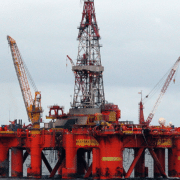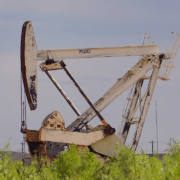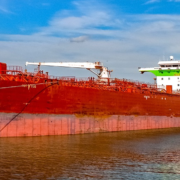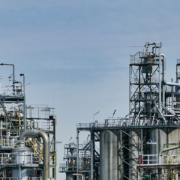As much as 95 percent of oil production in the U.S. section of the Gulf of Mexico has been shut-in. That is the Hurricane Ida Oil Effect. As hurricane Ida passed through it before making landfall in Louisiana earlier today.
What is the latest data from the Bureau of Safety and Environmental Enforcement? Some 288 production platforms in the Gulf of Mexico have been evacuated. This is more than half of the manned platforms in the Gulf.
This meant that about 1.74 million barrels in daily production is 95.65 percent. The total produced in the Gulf was shut-in. Along with 2.09 billion cu ft of natural gas production daily. Meaning 93.75 percent of the total, the BSEE reported.
Refiners along the Gulf Coast also shut down their facilities. According to a CNN report from earlier today that quoted Lipow Oil Associates President Andy Lipow, as of Ida’s landfall, six refineries in the New Orleans area were shut down, including facilities managed by PBF, Phillips 66, Shell, Marathon, and Valero.
“It’s now a waiting game to assess whatever wind and flooding damage will be caused as the hurricane passes through the area,” Lipow said.
According to an earlier Bloomberg report, the shut-in refining capacity totaled 2.11 million BPD, or about 12 percent of the national total. The figure also includes refineries operating at reduced rates because of the hurricane.
Ida is the ninth named storm in the hurricane season in the Atlantic this year. Gulf of Mexico producers had evacuated staff ahead of a storm in June, too. Occidental Petroleum and Chevron Corp were among companies evacuating staff from platforms.
Click here to read the full article.
Source: Oil Price

